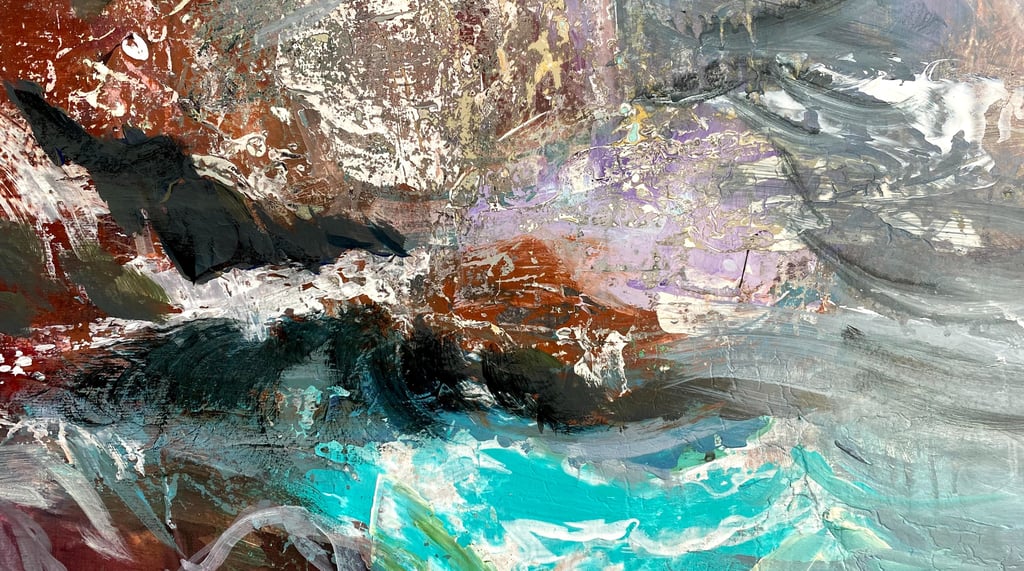Idealization about factual events
In relation to the seascape, there was a latent energy, a diffuse profile that projected itself into my imagination, which would hardly be left out of the painting equation.
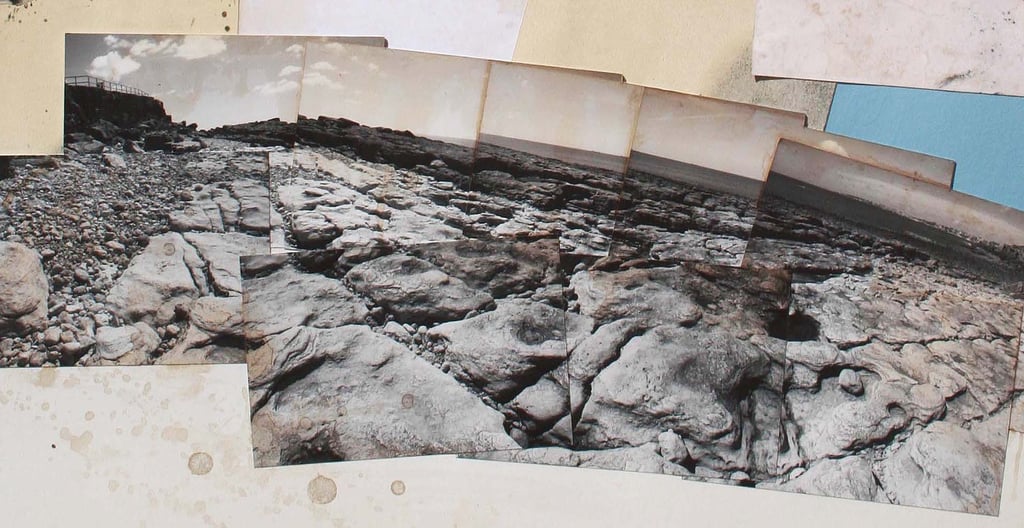

The first landscape paintings were about the ocean, which was a short distance from our house and which I knew very well because I used to go to the beach all year round. This experience was remarkable, but that doesn't mean that the result that came with the painting had to do only with this, because the works of that time, had a dramatic charge that in reality didn't exist there, which most likely had its origins in the myths and epics related to sea voyages. In these stories there was always a strong link with the cosmic forces that had the power to change the destiny of men. The landscape could be two things at the same time: a setting where nature manifested its beauty, filling memories with the experience of the beach, and in a more dramatic dimension, a darker side, hidden from our eyes and that had been built up over centuries of a difficult relationship, in which the sea embodied the brutal forces of nature that always inspired great fear. History usually tells the story from the perspective of survivors and heroes, but there were others who were victims of the elements, shipwrecked on endless voyages, who somehow left a darker and more sinister record of these adventures and who later, through the hands of poets and writers, became important pieces of literature. These stories, as in the case of The Lusíadas, recounted the maritime saga from the perspective of the simple and courageous people who gave their bodies to the manifesto in an unequal fight, bold guys who came out of hell with a story to tell.
This was the plot that I had retained from history books and from the works of some Portuguese authors who had dedicated themselves to the subject, and whose texts impressed me with the way they described the boldness of those sailors who ran an enormous risk by boarding those ships that were nothing more than nutshells in the turbulent immensity of the ocean. I was interested in keeping in mind this context that brings other colors to the scenario. For me, these two landscapes, the real and the poetic, blended together, blurring the boundaries between light and shadow, between the beautiful white sand beaches and the strongholds of the turbulent imagination, were combined, and they were the engine to build my paintings
In relation to the seascape, there was a latent energy, a diffuse profile that projected itself into my imagination, which would hardly be left out of the painting equation. The challenge was to define the identity of a landscape with these two facets that, although very different, complemented each other like the sides of a coin, incorporating the natural image and at the same time a subjective content related to myths and legends, the bright side of the landscape with the dark side of fear and insecurity, the normal and the insane, a combination with the potential to transform the natural scenery into a stage for emotions.
As a working method, I wasn't interested in detailing how the real and the imaginary could combine, I was interested in following my intuition and using feeling and experience as a creative source, in a direct way, without the weight of narrative, an instant expression of this stimulation, I hoped to extract from this a form of expression with which I could identify.
My fascination with the seascape grew with me. Looking at that immense amount of water always instigated my imagination; it was a dubious experience, with its side of harmony and pleasure and at the same time of discomfort and fear. The serene surface of the waters seduced me like the song of a siren, with the intention of draw me into its depths. The concept behind it was disturbing, the immense force of nature, the variety hidden beneath the surface, the menace of the deep that I experienced in my amateur diving sessions, the risk of being submerged in an environment where we could not survive for long; it was an experience where pleasure and fear combined in a strange way, leaving a bitter and sweet taste. I think it was from this dichotomy that, from a very early stage, I began to build the foundations of the theme "Finisterra Experience".
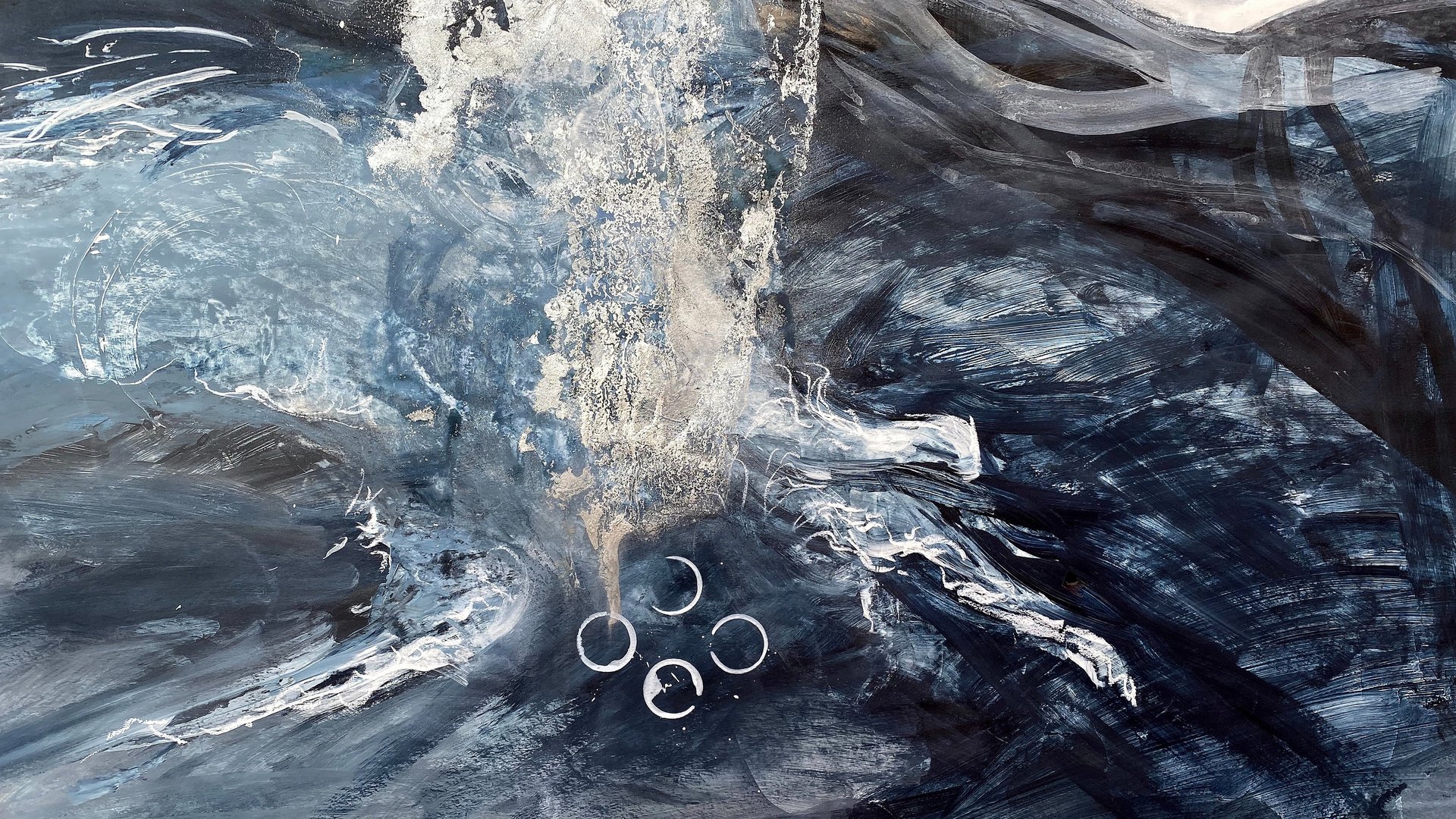
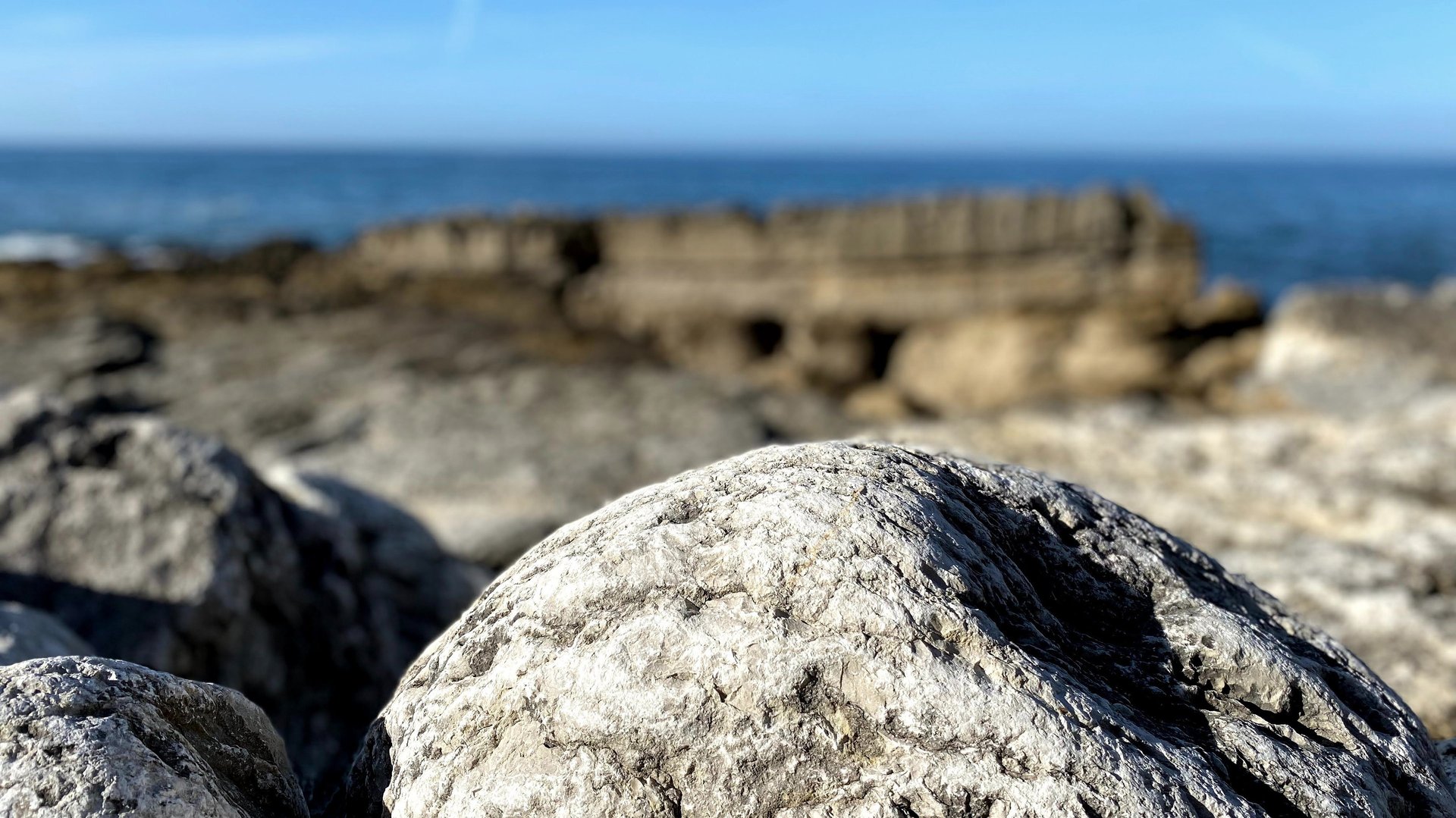
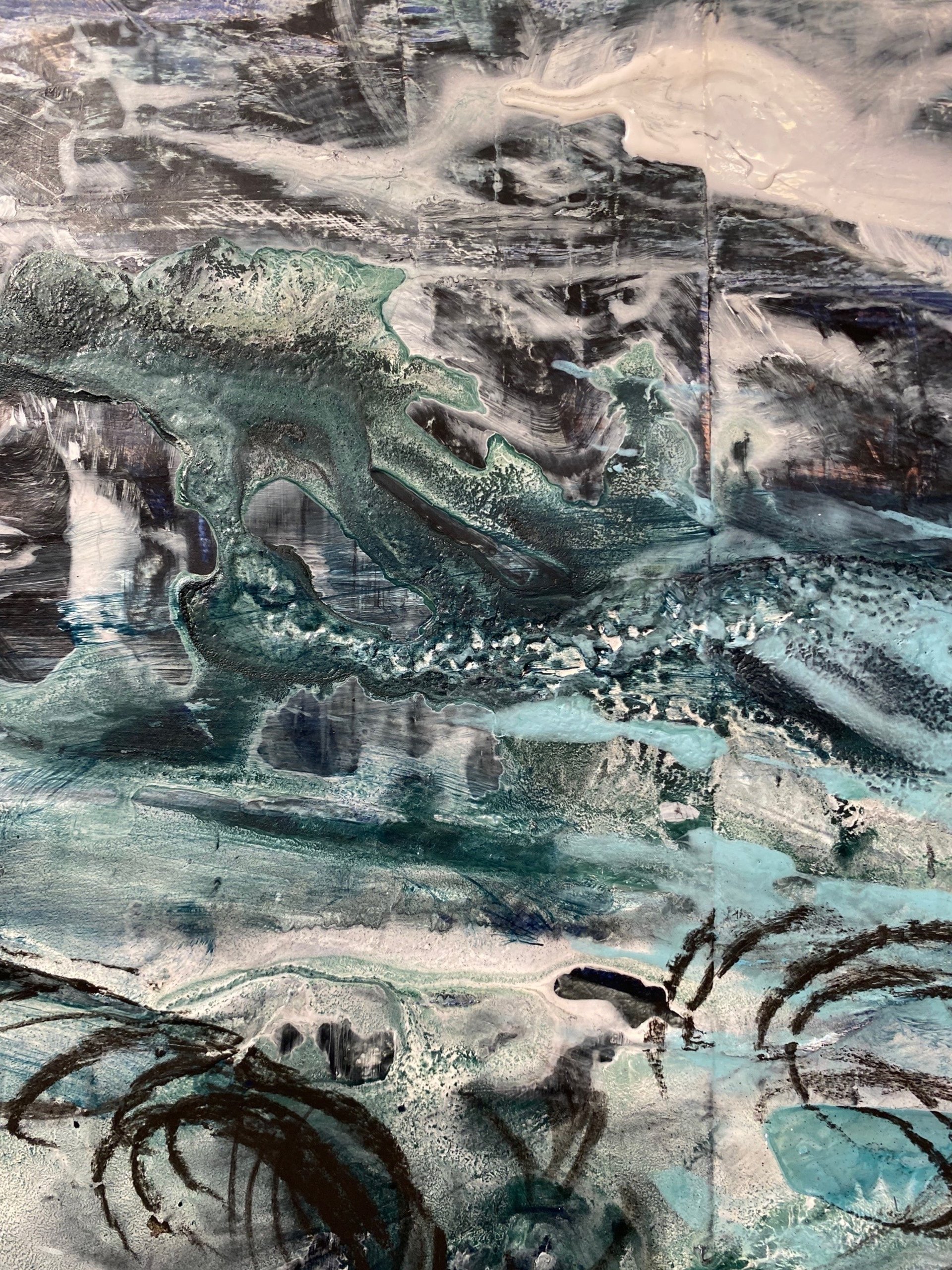
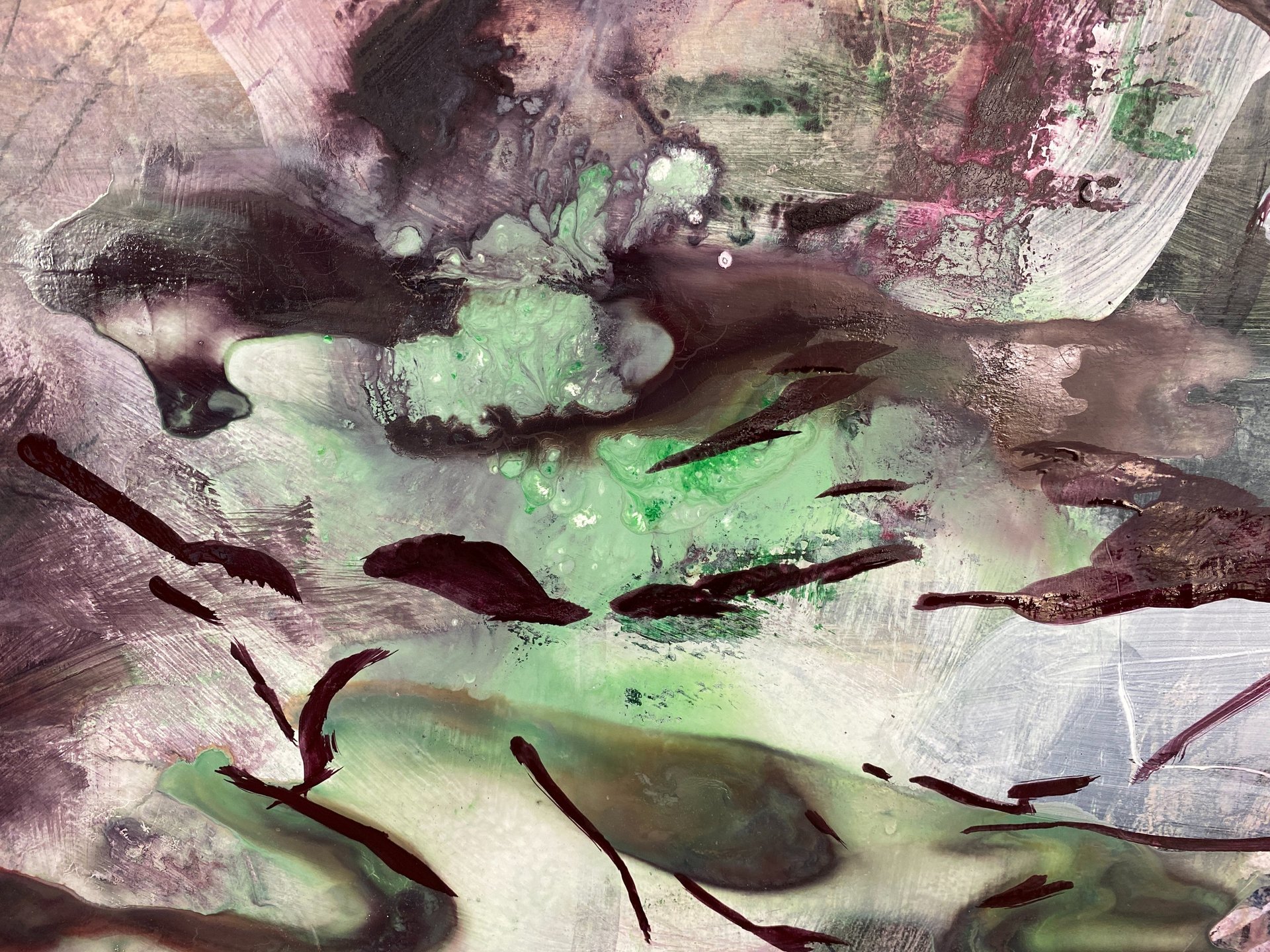
The beginning - When the world was a paradise and there was always a beach of golden sands nearby.
In the early works of this period, the landscape is mythical and uses symbolic elements that represent ideas and facts that do not correspond to a logical reality but that aim to give body to an expression in keeping with the "spirit of the moment". The symbols can be ancient navigational instruments, armillary spheres, decrepit ships, glimpses of an "Atlantis" emerging from the diffuse shadows of a foggy morning, a paradise lost and then found again, after the audacity of original sin. All of this is added to the idea of landscape like a multisensory experience that is not confined to historical time or the geography of reality; this landscape is a combination of all of these things.
It was easy to lose track of time looking at majestic surface of the ocean. The seashore, with its light and beauty, made paradise a real thing, the myth was real, each moment seemed like it could last forever. That was the feeling that defined the oceanic landscape, a place in the imagination that could represent the beginning of all things. In the myth of genesis, water was one of the primordial elements, the one that in creationist myths appeared as the source of life, as if it were a great womb where everything could fit. When I began to collect information about these myths, it seemed to me that the liquid element was always in transition from chaos to order, symbolizing change, a universal force that shaped destiny. Religions in particular gave it a purifying value; universal floods completely reset history, obliterating human decadence and degeneration from the surface of the earth. This mythological burden must have haunted the darkest moments of many sailors who set out to sea in the full awareness that the adventure could end badly. Even today, this negative connotation has not completely disappeared, the oceans are still a mystery, its vastness still hides much knowledge and their importance and influence on the destiny of the planet, is once again a central theme of civilization.
During the process of making the paintings, another aspect gained importance: the exploration of nature. In those early years, going almost every day to the beach, I dedicated myself to exploring the coast and on my scale, it seemed gigantic to me. The days were long because I made the most of them, I searched every corner of the beach and the result was a habit of observation that led me to record many things that I later came to use as pieces of a graphic vocabulary. After all these years,naturally, memories became blurred, details lost definition. It is impossible to revisit clearly what was my focus at that time, but the essential was recorded and would remain to this day, the important elements were consolidating in my head and the identity of that landscape gained its expression. It seems plausible to me that the choice of colors and shapes that became characteristic of the paintings of that period have everything to do with this record of my early days and will probably always subsist as a model that brings together, in a codified way, a whole range of experiences. After all, that is what the painting is intended to be.
Ponta do Sal - the place where the land meets the sea.
Ponta do Sal is a small peninsula near Cascais. This place is all about the line of contact between the sea and land. There is always friction there, because this border is never absolutely stable, there is a dynamic of change that occurs on different time scales, which occurs in cycles that overlap and interact with each other. Some of these phenomena are perceptible to us, others take so long to happen that we don't even notice them. We feel the coming and going of the waves but not the the sculpting effect that water and wind cause on the rock over the centuries. We notice that the sand is more or less on the beach each year but we never see the crumbling of the cliffs and the changes that this makes to the coastline.
At Ponta do Sal there is a flat limestone rock, worked by the water over hundreds of years. When I think of these black grooves cut into the surface of the rock, I see them as a map of one of these temporal cycles that take a long time to happen. There is a false rigidity, because after all, this hard mass will be molded by the persistence of the water. Once again the liquid element, with its softness and fluidity, imposes an enormous force capable of breaking the stone. Perhaps the perception of this quality, when observed carefully, is reason to see the oceans as an anergy that can change the destiny of many things.
It was at Ponta do Sal that I spent much of my time watching the fishermen who perched on the last rocks of the cape, swaying over the waves that broke just below them in balls of white foam.
During the summer, on the sand, hundreds of people spread out their towels and lay comfortably under their parasols, but we, a small group of restless boys, preferred the irregular carpet of the rocky blocks further north, where few ventured. That was where we spent most of our time, perched on the rough ground at the edge of the crumbling cliffs. Above us were sumptuous crevices to remind us that at any moment, one of those monsters could break free and join the enormous pile that was already there, a threat that did not keep us away because we could not remember anyone ever seeing one of those huge blocks fall. For us who played beneath those giant masses, it was not a drama; on the contrary, we felt like we were exploring a new frontier, as if it were the adventure of our lives.
Over the years, this place has remained a reference for the Atlantic landscape and many of the graphic elements that appear in my works over the years, are in some way, related to that early experience. At a certain point, the "Finisterra Experience" series gave rise to a subgroup of paintings in which techniques of drawing, painting, photography, collage and sculpture were used, all together in the same works and so the collection expands in several directions, it is difficult to know in what way knowledge of the landscape and memory are separate subjects, eventually there are other layers of information coming from fleeting memories or fragments of events lost in time, that for some reason, stick to this Atlantic environment.
